Bomber Competition Sumbmission:
Nation of Origin: Telosia
Role: Supersonic Strategic Bomber
Crew: 4
Engines: 8
First Flight: June 17, 1983
Entered Service with RAC: 25th of June 1985
Status: In active service
Flight Controls:
Standard controls.
*AG2 activates afterburners, these have a huge kick, so don't turn them on too low down.
*AG3 releases the ordnance.
*AG4 toggles the running lights
*AG5 brings online a second set of countermeasures when the first set is expended.
*AG6 Activates landing gear lights.
Trim has to be adjusted regularly as altitude and airspeed changes with varying degrees of nose up trim required. More at low speed, less at high speed.
VTOL operates the bomb bay doors.
At full power pitch stability can be finicky. Under afterburner pulling up too hard can cause the aircraft to tumble if you let it. I've mostly gotten it fixed, but she still reacts poorly if you are reckless with the controls.
History:
Note: Highly fictionalized alternate history/geography going on here based off of a text based role play which this aircraft took part in an incarnation from another game. Apologies for some of the nation names, they weren't my own idea...
Designed in the height of the Cold War, the B-95 Phoenix is the largest, fastest strategic bomber in Telosian service. It was designed to operate at high speed, with the ability to supercruise at Mach 1.2-1.5, and perform both high and low altitude bombing strikes. Maximum speed is Mach 3, and maximum combat ceiling is 60,000 ft. While designed with both nuclear and conventional armaments in mind, the 1997 Treaty of New York banned the use of all nuclear weapons. (Though the example provided does have nuclear weapon sized ordnance) As such, all combat operations undertaken by the Phoenix to date have used conventional precision and unguided ordnance. A crew of 4 operates the aircraft, consisting of a pilot, co-pilot/ECM systems operator, flight engineer, and navigator/bombardier.
The Phoenix would first see combat in 2015 during the Telosian-PCR War. During that war, the Phoenix at first enjoyed relative dominance in the air, with tactical bombers and strike fighters able to clear most of the SAM sites before the Phoenixes would make their strikes. Phoenixes scored several crucial blows against the PCR, including destroying key shipyards and repair docks. As the war progressed however, new PCR interceptors entered service, and inflicted substantial losses on Phoenix squadrons. Unable to provide an escort fighter with both the speed and range needed, the RAC withdrew the Phoenix from main line duties until a solution could be devised. Improved ECM systems would be deployed, reducing losses, however the war ended before the entire fleet could receive upgrades. A proposed "Escort Phoenix" was studied wherein the bomb bays would be fitted with numerous air to air missiles, as well as improved radars fitted to the aircraft. The war ended before this project left the drawing board however, and was considered a dubious solution by many in the RAC.
The Phoenix would continue to see service in 2019 against a Fascist regime that had taken over most of Europe. (Sorry, I just can't name these guys. It's just too ridiculous to speak of...) Helped by their new ECM systems and near overwhelming Coalition air superiority, the Phoenix proved a stunning success, providing key precision strikes against the regime's industry and military installations. Redeemed as a crucial asset to the war effort, the Phoenix remains as a key element of Telosian air power.
Specifications
Spotlights
- xYoshiLP 6.4 years ago
- JohnnyBoythePilot 6.4 years ago
- Texasfam04 6.4 years ago
- ScrewedAccount 6.4 years ago
General Characteristics
- Predecessor Fictional Strategic Bomber Challenge! -Challenged closed!-
- Created On Mac
- Wingspan 110.7ft (33.8m)
- Length 197.5ft (60.2m)
- Height 31.7ft (9.7m)
- Empty Weight 227,033lbs (102,980kg)
- Loaded Weight 428,112lbs (194,188kg)
Performance
- Power/Weight Ratio 4.251
- Wing Loading 120.8lbs/ft2 (590.0kg/m2)
- Wing Area 3,543.0ft2 (329.2m2)
- Drag Points 45978
Parts
- Number of Parts 319
- Control Surfaces 9
- Performance Cost 2,455

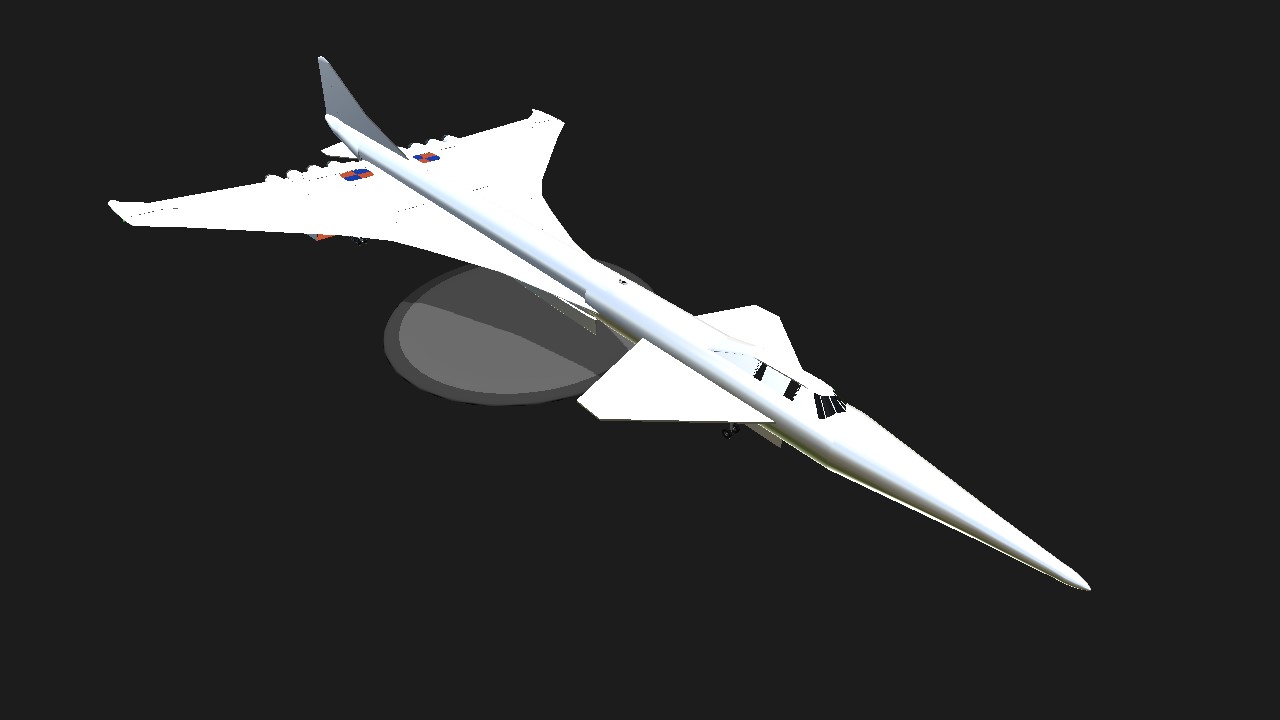
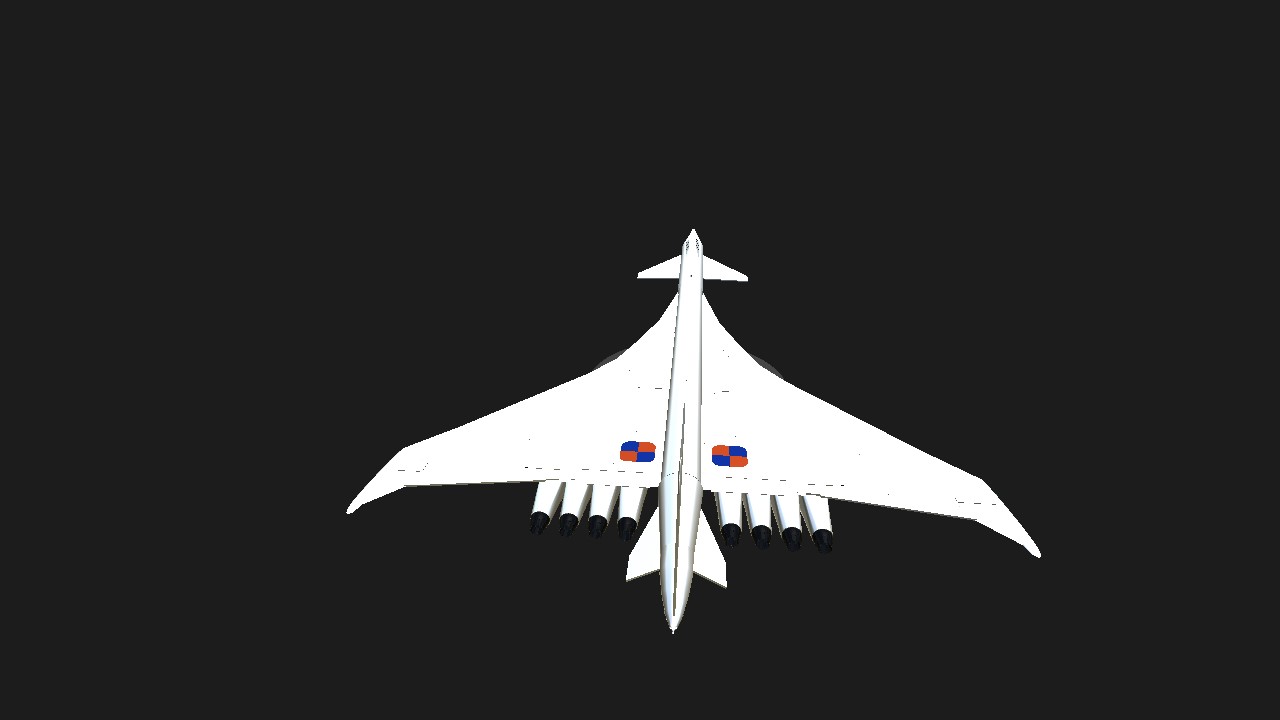
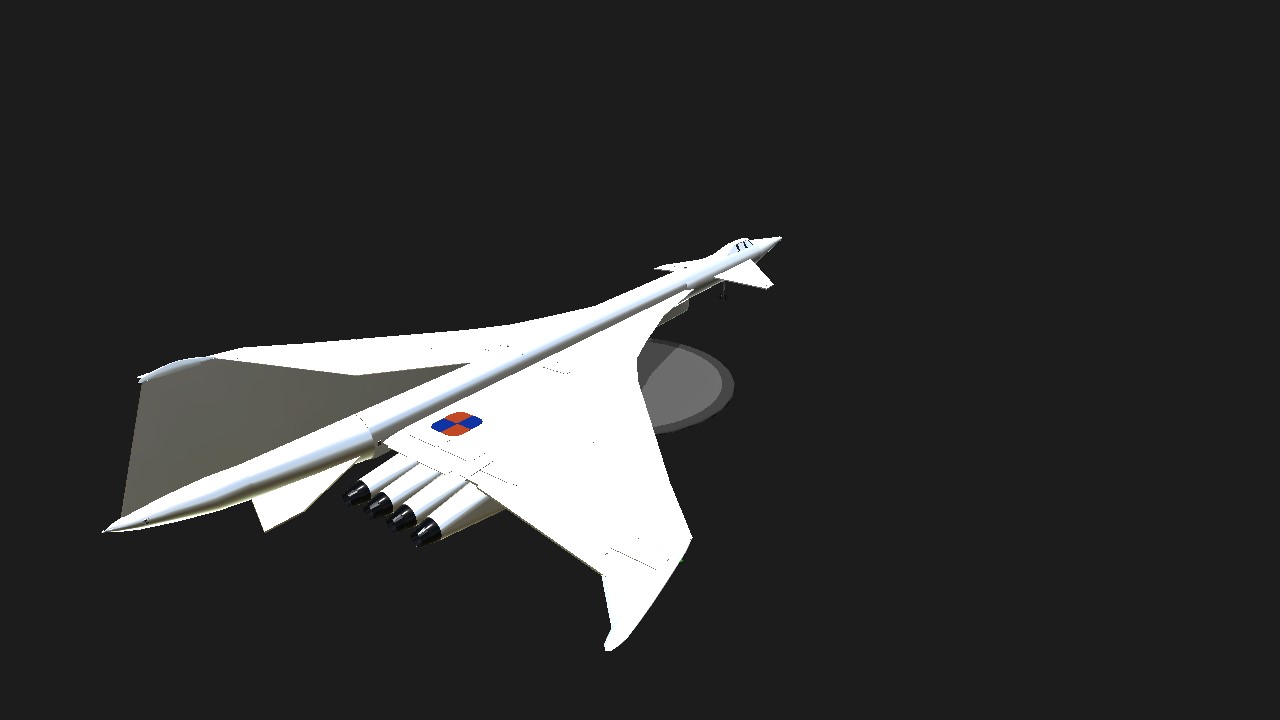
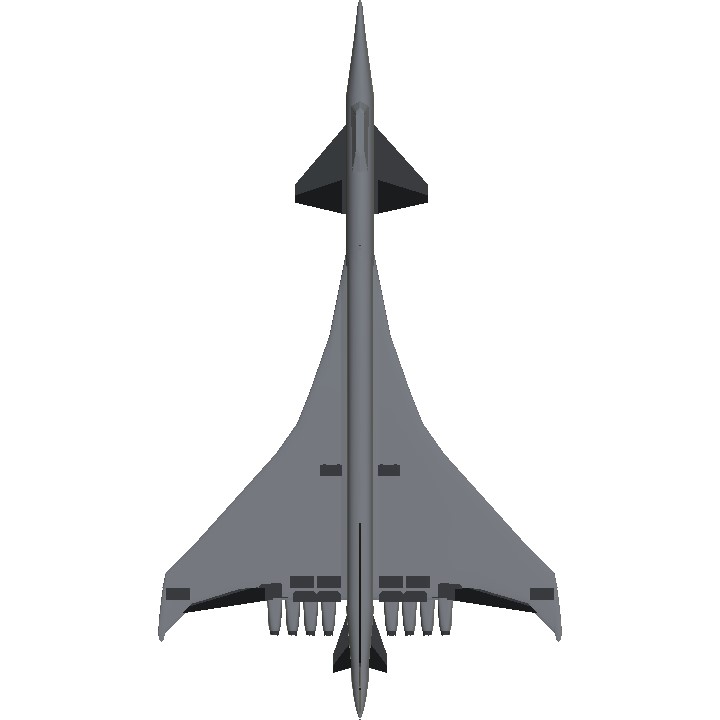
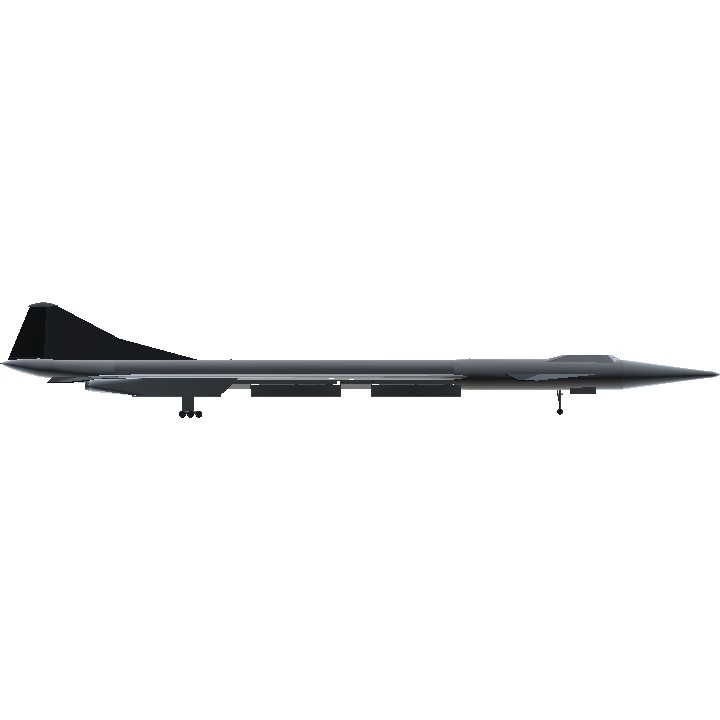
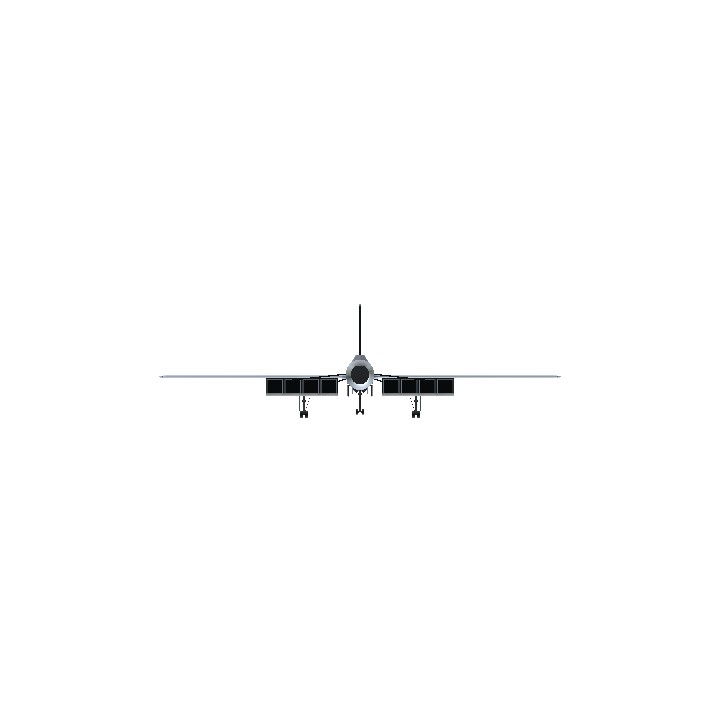
Final Score: 35/60
check out my ENDER its the only large plane ive done that uses canards. tell me what you think. you got a new follower out of me now :-)@MarshallLewisAerospace
@Texasfam04 Glad you approve! It’s good to hear that you like the flying characteristics, I’ve spent a lot of time tweaking the canards to get it right. Too large and they can make the whole thing tumble, but too small and there’s not enough pitch authority to fly decently, especially at low speeds.
really nice job! large planes are not easy to build and you did a great job, it flies well. im really impressed